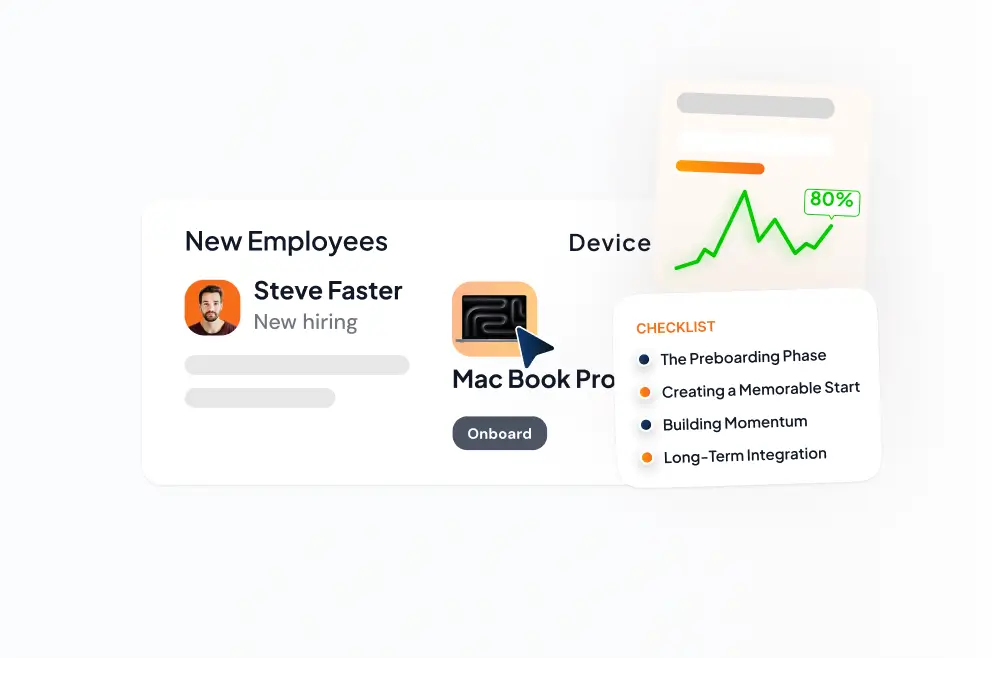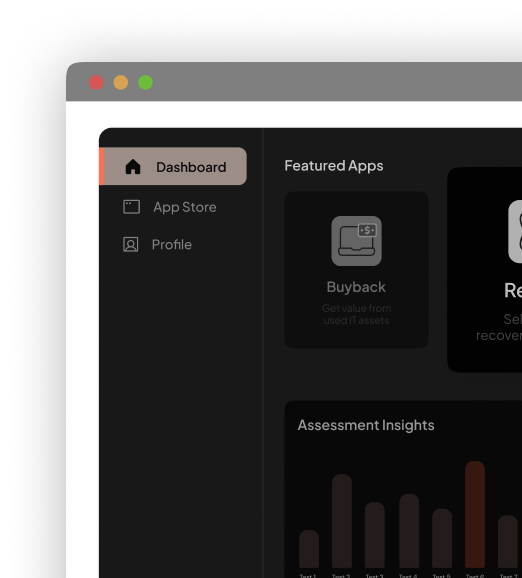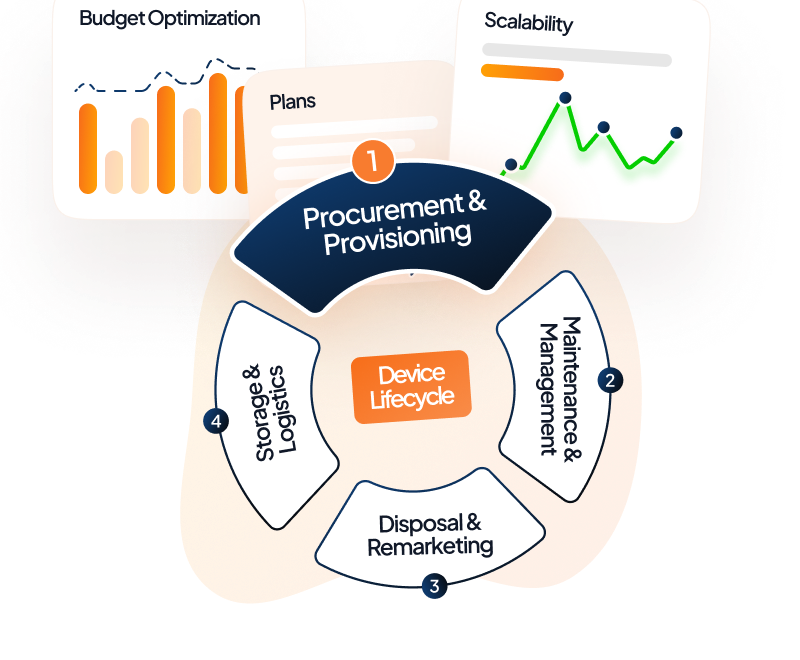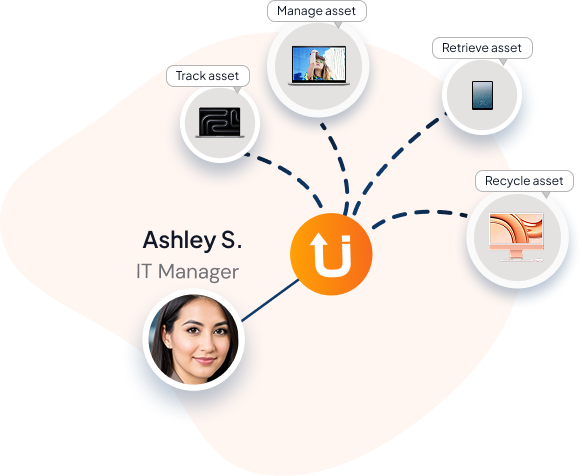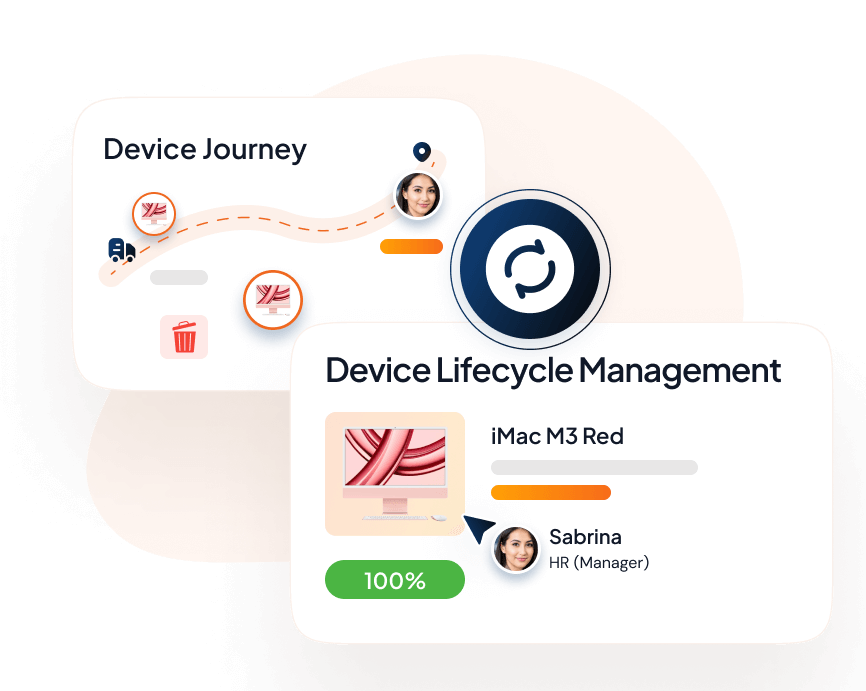So, you’ve wrapped up the hiring process, Congrats! But hold on, your job isn’t done yet.
Finding the right new hire is only half the battle. The real challenge is to make sure they feel welcomed, equipped, and ready to succeed from day one. That’s where employee onboarding comes in. A great onboarding experience isn’t just about signing paperwork and sitting through orientation. It’s about helping a new hire feel valued, confident, and prepared to make an impact.
In the long run, onboarding is key to retention, which impacts the bottom line. Employees who rate their onboarding experience as exceptional are 2.6 times more likely to be extremely satisfied with their workplace and more likely to stay with employer.
Key Takeaways
- During preboarding, setting up IT access, sending welcome emails, and informing the team before day one ensures a smooth start.
- A structured first-day plan that includes orientation and role-specific onboarding reduces anxiety.
- New hires should receive structured training, clear job expectations, and regular check-ins.
- Setting goals, providing continuous feedback, and encouraging team bonding create engaged employees.
- Using HR platforms and IT asset management tools ensures efficiency and consistency.
- A great onboarding experience doesn’t end in a week; continuous learning and mentorship improve retention.
- Regularly gathering feedback from new hires helps refine and improve the onboarding process over time.
What is Employee Onboarding?
Think of new employee onboarding as a structured way to help new hires adjust, engage, and thrive in their new roles. It starts before their first day and can last anywhere from a few weeks to several months.
Why a Strong Onboarding Process Matters?
A structured onboarding process isn’t just nice to have, it’s crucial to provide the best employee experience. This usually helps with two main objectives. First providing newcomers with the information, tools, and materials necessary to be productive in their new roles and secondly facilitating newcomers’ adaptation to the organizational culture and relevant aspects of the social environment. Moreover, it helps to:
- Boosts employee retention – New hires who experience a smooth onboarding process are 82% more likely to stay with a company long-term.
- Improves employee engagement – A clear roadmap from the start makes new employees feel like a valued part of the team.
- Reduces employee turnover – Lack of proper onboarding is one of the top reasons employees leave within the first few months.
Tip: First impressions matter. A chaotic, unstructured start can leave a new hire questioning their decision to join. A well-planned onboarding experience makes all the difference.
Step-by-Step Employee Onboarding Process
1. Before Day One: The Preboarding Phase
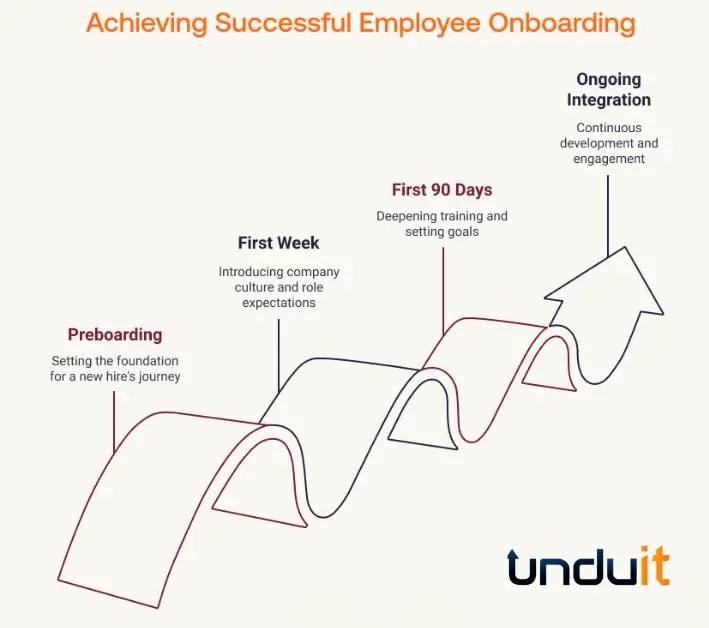
Onboarding doesn’t start on the first day. A strong onboarding process begins as soon as a candidate accepts the job offer.
- Send a welcome email – Include details about their first day, key contacts, and company culture.
- Set up their accounts – Email, HR systems, and any software they’ll need.
- Prepare their workspace – Whether they are in-office or remote, ensure they have the right equipment.
- Assign an onboarding buddy – An existing employee who can help them navigate their new environment.
- Hiring manager should inform the team – Announce the new hire’s arrival and encourage team members to connect.
When everything is ready before their first day, new hires can focus on settling in instead of scrambling to set up.
2. The First Day: Creating a Memorable Start

The first day is about making a strong first impression. A well-structured plan helps new employees feel welcomed, confident, and ready to engage.
There are two processes to follow on the first day, orientation and role-specific onboarding. Let’s dive into the nuances of it:
3. New Employee Orientation
Employee orientation is the first step in onboarding, focusing on familiarizing new hires with the company. It typically includes:
- Company Overview – A presentation on mission, values, and long-term goals.
- Workplace Policies – A walkthrough of HR policies, code of conduct, and compliance requirements.
- Company Culture – Insight into team dynamics, leadership styles, and workplace expectations.
- Employee Handbook – A guide covering essential company information, benefits, and processes.
- Q&A Session – An open discussion to clarify any concerns and set expectations.
A well-planned employee orientation ensures that new hires understand the company structure and workplace culture before diving into role-specific training.
4. Role-Specific Onboarding:
The next step after orientation is role-specific onboarding. The focus should shift towards helping new hires integrate into their specific roles. This includes:
- Meet and greet with the team – Building relationships from day one.
- IT and workspace setup – Ensuring access to email, collaboration tools, and job-related software.
- Initial training sessions – Introduction to essential workflows, tasks, and expectations.
- First-week roadmap – Providing a structured plan so new hires know what to expect.
By separating employee orientation from role-specific onboarding, companies ensure new hires get a complete understanding of both the organization and their responsibilities.
5. The First Week: Building Momentum
After the excitement of the first day, the first week should help a new employee get deeper into their role while feeling supported.
- Schedule Manager Check-Ins – Frequent one-on-one meetings help answer questions and set expectations.
- Provide Structured Training – Ensure they understand workflows, company policies, and job responsibilities.
- Encourage Team Bonding – A casual team lunch or virtual coffee chat can make new hires feel included.
- Set Small, Achievable Goals – Give them tasks that build confidence without overwhelming them.
- Ask For Feedback – A quick pulse check can reveal how they’re feeling about the onboarding process.
When done right, the first week builds excitement and lays a strong foundation for employee satisfaction.
The First 90 Days: Long-Term Integration

Onboarding doesn’t stop after a week. The first 90 days are critical for setting up a new hire for lasting success.
- Clarify performance expectations – Set clear goals for the next few months.
- Encourage continuous learning – Provide access to training programs and mentorship.
- Schedule ongoing feedback sessions – Ensure employees feel heard and supported.
- Measure engagement and satisfaction – Regular check-ins can identify gaps in the onboarding experience.
- Celebrate wins – Acknowledge early contributions and progress.
A successful new employee onboarding process helps new hires transition from being “the new person” to feeling like an integral part of the team.
Best Practices for an Effective Onboarding Process

1. Make onboarding structured and engaging
Avoid information overload by breaking onboarding tasks into manageable phases. Welcome new hires with a concise email detailing their start date, dress code, and first-day schedule. This sets a positive tone and reduces initial uncertainties.
2. Use technology to simplify the process
An onboarding software/onboarding tool can help automate repetitive tasks. Coordinate with IT to set up hardware, software, and secure access for new hires. Promote security practices to ensure safe and efficient system use.
3. Prioritize communication
HR managers and hiring managers should maintain open conversations with new employees. Introduce new hires to colleagues and leaders through lunches or icebreaker activities. A warm social welcome enhances engagement and belonging.
4. Ensure IT asset management is smooth
Single dashboard platform like Unduit llc help companies manage IT devices efficiently, ensuring newly onboarded employees receive the right equipment without delays. For Hybrid/Remote employees by using Unduit remote team management services helps to:
- Ensure equipment is shipped to their home address safely.
- Provide remote access setup instructions and IT support contact details.
5. Customize onboarding for different roles
A one-size-fits-all approach doesn’t work. Adapt onboarding based on role-specific needs. Set SMART goals for the first 60-90 days to align new hires with their roles. Regular check-ins ensure progress and address any challenges.
6. Encourage feedback from new hires
Employee feedback helps. Ask what worked and what didn’t to continuously build an effective onboarding program. Developing role-specific training materials with visuals and collecting regular feedback ensure effective skill-building and engagement.
The Advantages of Using Technology for Onboarding New Employees
Poor onboarding can cost you talent and drive up turnover expenses. Unduit’s onboarding services revolutionize the process, delivering an intuitive, device-agnostic experience that accelerates new hire productivity and embeds your culture from day one.
Our platform combines automation, personalization, and real-time insights to create a frictionless journey, ensuring new employees feel valued and ready to contribute.
Want to learn more? Request a demo today!
Frequently Asked Questions (FAQs)
What is employee onboarding?
Employee onboarding is the structured process of integrating new hires into a company. It includes preboarding, orientation, training, and ongoing support to help employees transition smoothly. For a smooth employee onboarding experience, ensure they understand their role, company culture, and expectations. When done right, it increases engagement, accelerates productivity, and improves retention, making new hires feel confident and prepared to contribute effectively.
Why an employee onboarding is mandatory?
Employee onboarding is essential for retention, engagement, and productivity. It provides employees with clear expectations, necessary tools, and a sense of belonging. Companies with structured onboarding reduce turnover and improve job satisfaction. Without it, new hires struggle to integrate, leading to disengagement and inefficiencies. A well-executed onboarding process ensures employees are motivated, informed, and equipped to succeed from the start.
What are the most common mistakes during the employee onboarding process?
Common onboarding mistakes include lack of preparation, overwhelming new hires with too much information, and failing to set clear expectations. Poor communication, limited interaction with team members, and lack of follow-ups also contribute to disengagement. Without structured onboarding, employees feel lost and unsupported, reducing productivity and increasing turnover. A well-planned process prevents confusion and builds long-term success.
Who owns employee onboarding?
Employee onboarding is a shared responsibility. HR designs and oversees the process, ensuring consistency. Hiring managers set expectations, provide job-specific training, and guide new hires. Team members and mentors play a key role in helping new employees integrate and build relationships. While HR structures onboarding, its success depends on collaboration between managers, teams, and leadership.
How long should employee onboarding last?
Onboarding should last at least 90 days for maximum effectiveness. The first week focuses on introductions, IT setup, and orientation. By 30 days, training deepens, and clear goals are established. The full 90 days should include performance tracking, mentorship, and integration. Some companies extend onboarding up to a year for continued development, ensuring higher retention and long-term employee success.
